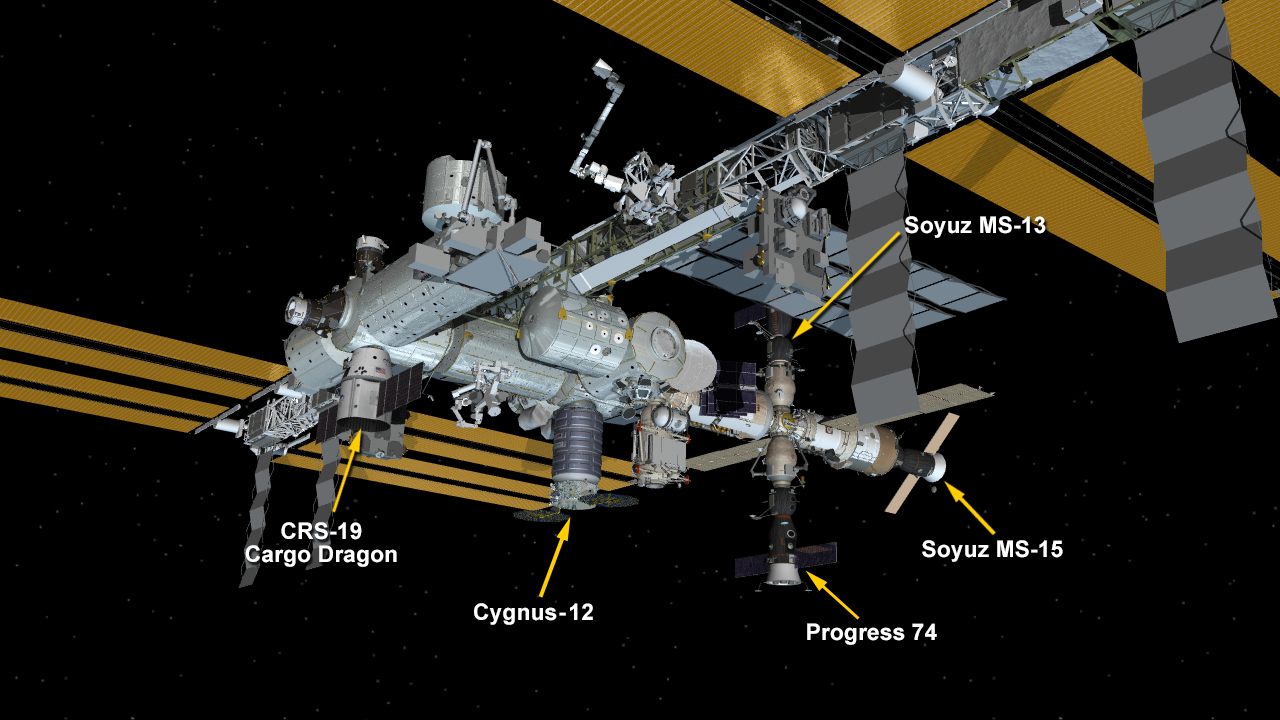
Boeing’s new CST-100 Starliner crew ship rolled out to its launch pad in Florida today. The Expedition 61 crew is preparing the International Space Station for Starliner’s arrival while continuing advanced space research.
The Starliner spacecraft sits atop an Atlas V rocket from United Launch Alliance counting down to a liftoff Friday at 6:36 a.m. EST. This will be Boeing’s first Orbital Flight Test of the uncrewed vehicle that will dock to the station Saturday at 8:27 a.m.
NASA astronauts Jessica Meir and Christina Koch are getting ready for duty Saturday morning when they will monitor Starliner’s automated rendezvous and docking with the orbiting lab. The duo will then conduct leak checks, open the hatch and ingress the vehicle to begin a week of docked operations. Starliner is also delivering about 600 pounds of cargo to the crew and will return science samples to Earth after its departure on Dec. 28.
Meanwhile, microgravity science is always ongoing aboard the station to improve life for humans on Earth and in space. Today, NASA Flight Engineer Andrew Morgan studied how weightlessness affects an optical material that can control the reflection and absorption of light. Results could improve solar power technology and electronic mobile displays.
Meir had her eyes scanned with an ultrasound device by ESA (European Space Agency) Commander Luca Parmitano for a look at her cornea, lens and optic nerve. She had a second eye exam using optical coherence tomography for a view of her retina.
The flight engineers in the Russian side of the space station checked on a pair of docked spaceships while working science and maintenance. Cosmonaut Oleg Skripochka charged electronics gear in the Soyuz MS-15 crew ship. He also worked on plumbing systems in the Progress 74 cargo craft. Cosmonaut Alexander Skvortsov set up hardware for an Earth imaging study that explores the effects of natural and manmade catastrophes.









